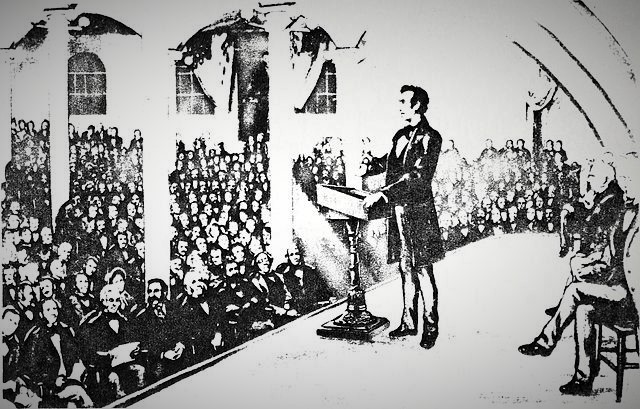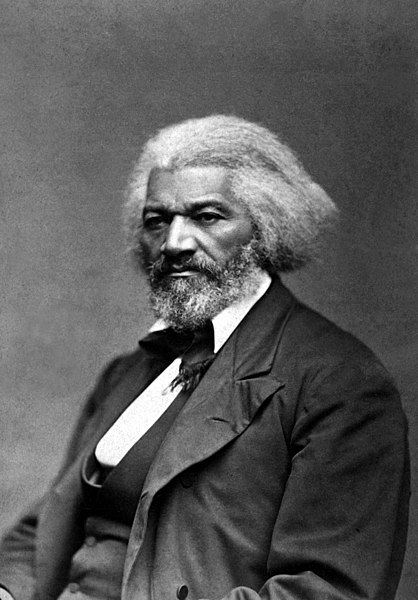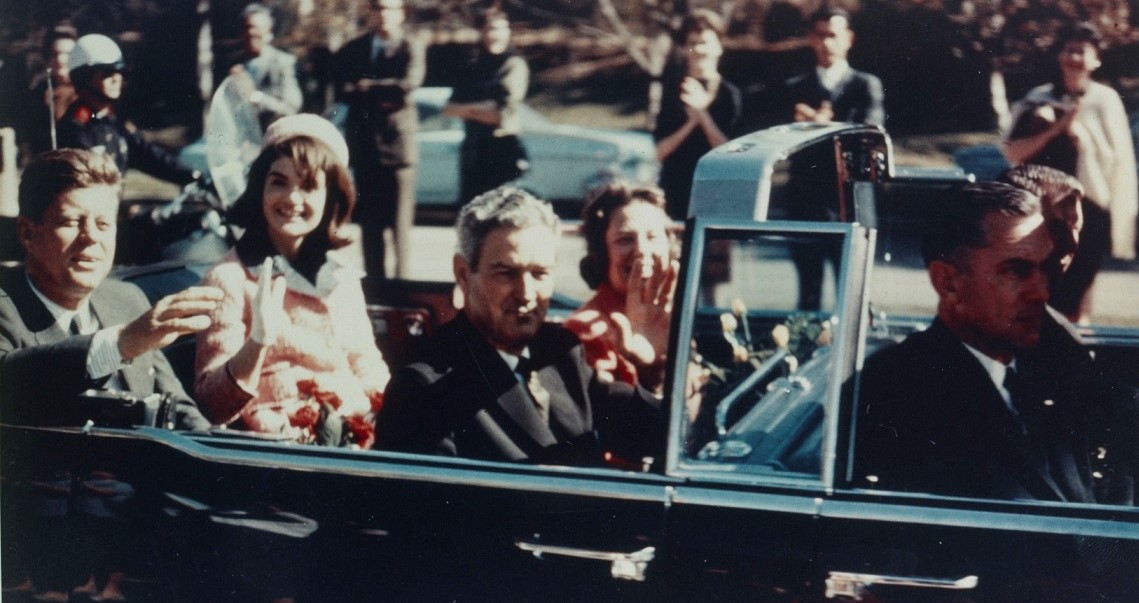In May 1862, two months after the ironclads USS Monitor and CSS Virginia (formerly the USS Merrimack ) fought to a draw in Hampton Roads, Virginia, President Abraham Lincoln traveled south from Washington on a revenue cutter to visit the Army of the Potomac, intending to prod his recalcitrant general, George B. McClellan, into action. The president took with him Secretary of War Edwin M. Stanton, Treasury Secretary Salmon P. Chase, and General Egbert Ludovicus Viele, who had recently returned from the capture of Fort Pulaski off Savannah.
January 2011

On February 27, 1860, Abraham Lincoln stood before a crowd of 1500 at Cooper Union Hall in New York City. Until he had declared his candidacy for president of the United States, the former one-term Congressman had drawn little attention outside his home state of Illinois. Now the rail-thin prairie lawyer attracted a sizeable audience, including the “pick and flower of New York culture,” along with an army of journalists eager to record and reprint his words.

At dusk in early April 1866, a large crowd filed into Representatives Hall of the imposing Illinois Capitol in Springfield. Just 11 months earlier, President Lincoln’s rapidly blackening body had lain here in state as thousands of townspeople had filed past to say goodbye.
During the campaign of 1860, and throughout what Henry Adams would justly call the “Great Secession Winter” that fell like a shadow after that year’s momentous presidential election, a convincing case could be made that Abraham Lincoln was totally unprepared to assume the nation—s highest office, particularly at the hour of its gravest domestic crisis.
At best, a dark horse, Lincoln had won his party’s nomination only when more seasoned stalwarts such as William H. Seward and Salmon P. Chase faltered at the raucous convention. Not only was Lincoln the least experienced candidate that year of any political origin, but as the Republican presidential candidate he also represented the youngest and least tested political organization in the country.

On September 24, 1964, a copy of the official Warren Commission Report was delivered to President Lyndon Johnson in the Oval Office. Its conclusions were, in hindsight, as accurate as possible, given the commission's impossibly short investigative calendar and its utter lack of foreign intelligence. It named, correctly, Lee Harvey Oswald as the lone shooter, hypothesizing that in shooting John F. Kennedy he had been lashing out for reasons only he knew. The report found “no evidence of a conspiracy.”
A few weeks later, President Johnson's hidden tape recorder captured a phone conversation with Senator Richard Russell, the old Dixiecrat whom he had pressured to be on the Warren Commission.
In the early-to-mid 1800s, whale oil made New Bedford, Massachusetts, “the richest city in the world.” In Moby-Dick, his great whaling novel, Herman Melville described the port as “a land of oil,” a place with “patrician-like houses” and “opulent” parks and gardens.
Now, historians hope that a huge trove of banking records, discovered in September by a local salvage firm in the attic of a former Merchants National Bank building, will cast light on the complex financial underpinnings that once made the city wealthy. “We estimate that there are 1800 volumes,” says Michael Dyer, the librarian and maritime historian at the New Bedford Whaling Museum, which purchased the records. “There are nine pallets and some of them are stacked four feet high.” The ledgers cover the period from the bank’s founding in 1825 to around 1927 and include cash books, deposit books, stock indexes, depositors’ balances, letter books, bills receivable—all threads of a vast financial web once centered on the lucrative industry in whale products, which included everything from oil for lamps and baleen for corsets.
As you mount a shallow ramp in the heart of the Smithsonian's newly renovated National Museum of American History (NMAH), your eyes dilate in the dimming light. Turn left and there lies the Star-Spangled Banner, the flag designed with 15 stars and 15 stripes, so close that it seems you could reach out and touch its tattered fly edge. It's tattered because one star and many, many swatches—about eight-feet worth—were cut away and sold for souvenirs before this surviving 30-by-34-foot icon came to the Smithsonian for safekeeping.
Painstakingly conserved, it now lies at a gentle 10-degree angle so as to minimize physical stress on its fragile cotton fibers. To reduce ultraviolet damage, the chamber behind glass is lit dimly. By intent, the space evokes "the dawn's early light" by which Francis Scott Key saw the great standard flying over Fort McHenry during the War of 1812 and wrote the words that became our national anthem.
EIGHTY-THREE-YEAR-OLD B. B. King figures that he traveled some 60,000 miles behind a mule in the Mississippi Delta before an appearance on a West Memphis radio program in 1948 caused his career as a blues musician to take off Indianola, Mississippi, the location of his last plantation job at a cotton gin, now honors the international star and multiple Grammy Awards winner with his own museum, the 20,000-square-foot B. B. King Museum and Interpretive Center. The state-of-the-art facility, carved out of an old brick gin mill, features interactive computers, video screens, and artifacts that illustrate King’s childhood and life in the Delta.
AMERICAN HERITAGE PUBLISHING has just announced the launch of
“When we started this more than a year ago, we were surprised to find that no other site on the Internet has all the history museums, battlefields, and parks that history buffs are interested in,” says Edwin S. Grosvenor, President of American Heritage Publishing. “It's a lot of fun to look up Civil War sites, ship museums, or the houses of famous literary figures in your area or in a place where you're traveling to.”
By year-end, the site will also offer maps and instant directions for driving.
IN THE EARLY-TO MIDDLE 1800s, whale oil made New Bedford, Massachusetts, “the richest city in the world.” In Moby-Dick, his great whaling novel, Herman Melville described the port as “a land of oil,” a place with “patrician-like houses” and “opulent” parks and gardens.
Now historians hope that a huge trove of banking records, discovered in September by a local salvage firm in the attic of a former Merchants National Bank building, will cast light on the complex financial underpinnings that once made the city wealthy. "We estimate that there are 1,800 volumes,” says Michael Dyer, the librarian and maritime historian at the New Bedford Whaling Museum, which purchased the records. “There are nine pallets and some of them are stacked four feet high.” The ledgers cover the period from the bank's founding in 1825 to around 1927 and include cash books, deposit books, stock indexes, depositors’ balances, letter books, bills receivable all threads of a vast financial web once centered on the lucrative industry in whale products, which included everything from oil for lamps and baleen for corsets.
